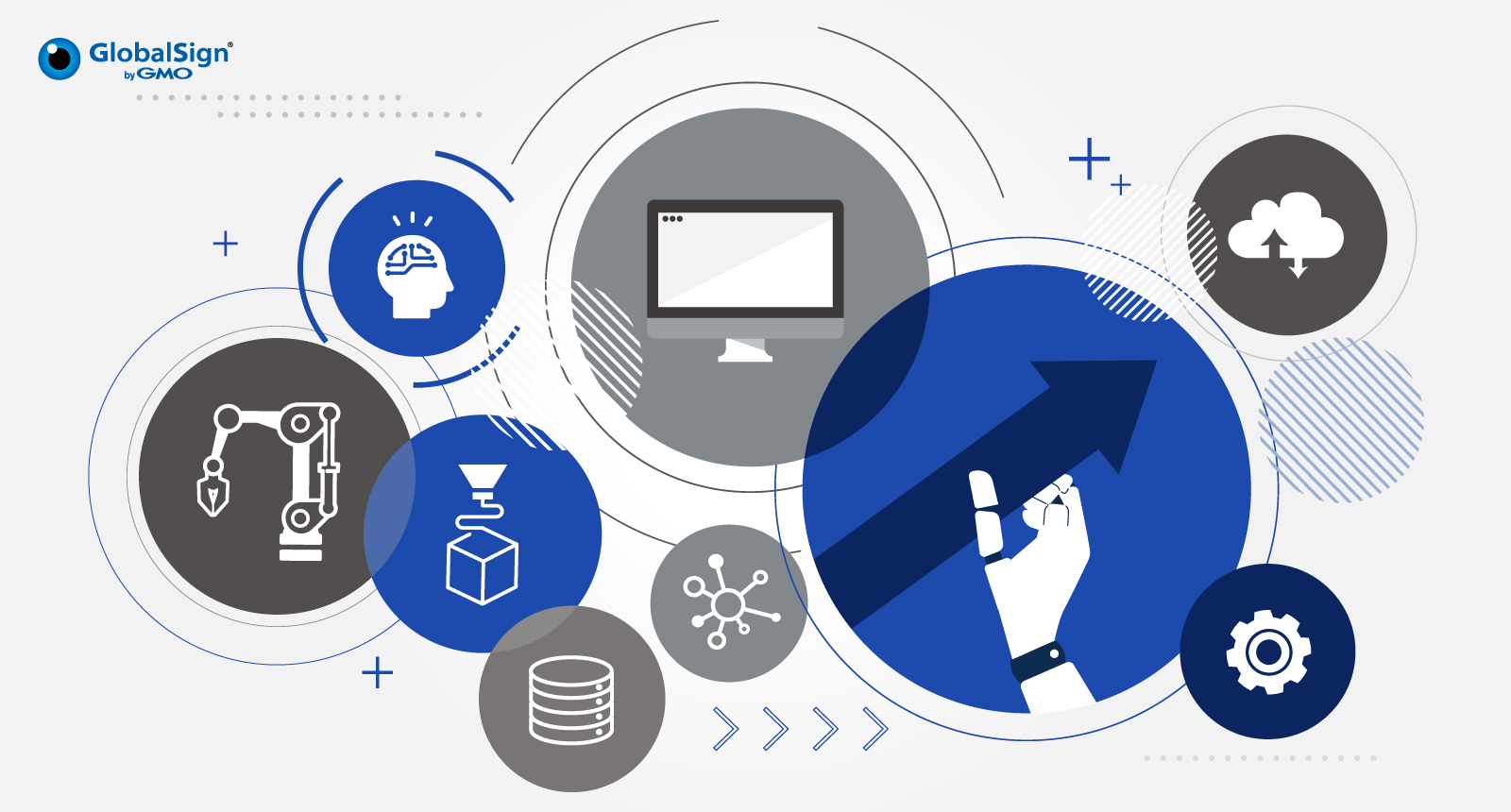Robotic Process Automation (RPA) is a business strategy to automate technology that utilizes software robots to automate tasks conducted by the human workforce. Robotic process automation (RPA), also famous as software robotics, employs automation technologies to imitate back-office jobs of human staffers, such as extracting data, filling in forms, transferring files, etc. It incorporates APIs and user interface (UI) exchanges to integrate and execute redundant tasks between business and productivity software. RPA tools conduct autonomous execution of diverse activities and transactions by deploying scripts that emulate human processes across unrelated software systems.
Process automation solutions increase the automated level of an organization beyond the standardized best-practice processes delivered by enterprise applications. They enable organizations to address unique business requirements, respond to changing market conditions, or automate manual or semimanual process steps that precede or accompany transactions in enterprise applications.
How does RPA work?
RPA software tools must include the following main capabilities:
- Low-code capabilities to produce automation scripts
- Integration with company applications
- Orchestration and administration, including configuration, monitoring, and security
Automation technology, like RPA, can also access data through the traditional analysis systems, integrating well with other applications through front-end integrations. Through this procedure, the automation platform behaves like a human worker, performing regular tasks, such as logging in and copying and pasting from one system to another. While back-end connections to databases and enterprise web services also assist in automation, RPA's real value is its quick and simple front-end integrations.
The Benefits of RPA
There are multiple benefits of RPA, including:
- Less coding:
RPA does not necessarily need a developer to configure; drag-and-drop features in user interfaces make it easier to onboard non-technical staff. - Rapid cost savings:
RPA lessens teams' workload, so staff can be reallocated to other priority work requiring human input, leading to increased productivity and ROI. - Higher customer satisfaction:
Chatbots and bots work around the clock, which enables them to reduce customer wait times, leading to better and higher customer satisfaction rates. - Improved employee morale:
By reducing the high-volume, repetitive workload of your workforce, RPA lets your employees focus on effective and strategic decision-making, which positively affects their happiness and retention. - Better accuracy and compliance:
Since your IT team can program RPA robots to adhere to a specific workflow and rules, your organization can significantly reduce human errors and improve accuracy and compliance while focusing on regulatory standards. RPA can also help audit trail, simplifying monitoring progress and resolving issues more quickly and effectively. - Existing systems remain in place:
Robotic Process Automation software does not cause any disturbance to underlying systems. It is because bots systematically work on the presentation layer of existing applications. Thus, you can integrate bots when you don't have an application programming interface (API) or the resources to develop deep integrations.
Robotic Process Automation has a positive snowball effect on business operations and outcomes. RPA delivers measurable business benefits like reduced cost, greater accuracy, and speed. It adds value as it picks up momentum and spreads across the organization. RPA improves business outcomes like customer satisfaction and enables competitive advantages by freeing humans to do their best- solving problems, improving processes, conducting analysis, and other value-added work, resulting in higher employee engagement and new revenue opportunities.
Conclusion
GlobalSign’s next generation IoT Solution delivers everything you need for full device lifecycle management from design and manufacturing through deployment, management, and sunsetting.
- Easy Deployment & Operationalization:
Our IoT Solutions offer visibility, prevention, risk assessment, and enforcement that seamlessly enhance existing network and security operational processes. - Continuous Vulnerability Assessment:
IoT Solutions unites disparate solutions from contemporary IT security technology, simplifying analysis and assessment for security teams. - Prevent Unknown Threats:
Our cost-effective solution protects your IoT devices from all threats with the industry’s leading IPS, malware analysis, web, and DNS prevention technology - Quicker Policy Implementation:
Securely roll out new services throughout your production keeping devices safe from unknown threats with seamlessly integrated cloud-based security services.
With our excellent services, you can provision, secure, and manage IoT platform with a PKI-based cloud which is purpose-built for scalable, flexible, and interoperable IoT security. Connect with us today to know more about our solutions.







